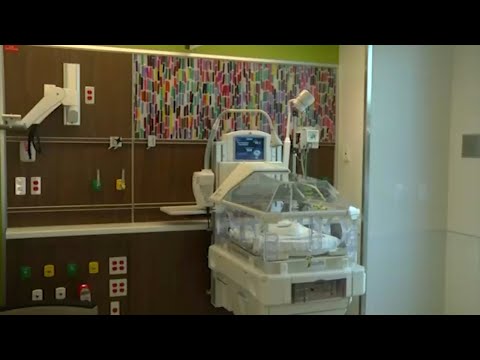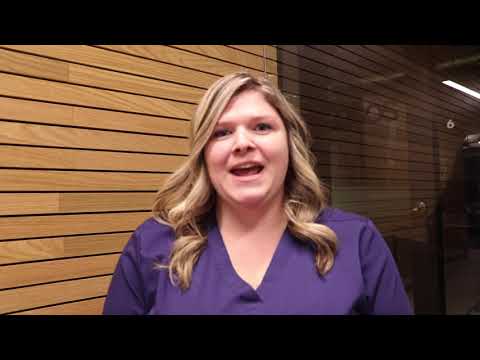Certified Medical Assistants – Job Openings
Contents [show]
If you’re a certified medical assistant there are plenty of job openings out there for you! Check out our list of the best places to look for medical assistant jobs.
Checkout this video:
Job Description
A medical assistant is a multi-skilled professional who works in outpatient facilities such as medical offices and clinics. The medical assistant job description includes performing administrative and clinical tasks to keep the office of a physician or other health practitioner running smoothly.
The duties of a medical assistant vary from office to office, but there are some tasks that are common to most positions. Many Medical assistants are responsible for greeting patients, scheduling appointments, answering phones, handling correspondence, filing insurance forms, and coding patients’ records. In addition, they may also take and record patients’ vital signs and medical histories, prepare specimens for laboratory testing, give injections when directed by a physician, remove stitches and change dressings on wounds, or perform basic diagnostic tests such as cholesterol screening.
Duties and Responsibilities
The duties and responsibilities of a certified medical assistant (CMA) can vary depending on the type of healthcare facility they work in, but they often include basic patient care, taking vital signs, giving injections and performing lab tests.
In addition to providing clinical support to patients and physicians, CMAs may also be responsible for office duties such as scheduling appointments, handling billing and insurance paperwork, and managing medical records
The best way to learn about the specific duties of a CMA is to shadow orintern with a certified medical assistant or healthcare provider. job postings for CMAs will also list the specific duties and responsibilities required for the position.
Salary
The Bureau of Labor Statistics reports that the median annual salary for Medical Assistants was $34,800 in 2017, with the top 10 percent earning more than $49,380. Pay varies by employer, experience, geographic location and specialty.
Job Outlook
Employment of medical assistants is projected to grow 29 percent from 2019 to 2029, much faster than the average for all occupations. The growth of the aging baby-boom generation will continue to increase demand for preventive medical services, which are often provided by medical assistants. In addition, as physicians continue to adopt team-based care models, medical assistants will be needed to perform more administrative and clinical duties, thereby increasing their responsibilities and expanding their skill sets.
Job prospects should be best for those who have completed postsecondary education in medical assisting, especially those who are nationally certified.
Education and Training
Most medical assistants have at least a high school diploma, although some have completed postsecondary education, and most states require certification. Although not required, some medical assistants choose to become certified. To be eligible for certification, candidates must graduate from an accredited medical assisting program and pass a credentialing exam. Some states have additional requirements, such as completing an externship or passing a state-specific exam.
Certification
Certified Medical Assistants (CMAs) are healthcare professionals who support the work of physicians and other health professionals by performing administrative and clinical tasks.
To be a CMA, one must complete an accredited medical assisting program and pass a national certification exam. Many states also require CMAs to obtain a state-specific credential.
The CMA credential is administered by the Certifying Board of the American Association of Medical Assistants (AAMA). The AAMA also offers the Registered Medical Assistant (RMA) credential for those who wish to obtain national certification but are not currently working in the field of medical assisting.
Job openings for CMAs are expected to be very good in the coming years, as the demand for healthcare services grows. Those with formal training and certification will have the best job prospects.
Advancement Opportunities
There are many advancement opportunities available to certified medical assistants. Some certified medical assistants may choose to further their education and become a registered nurse or a physician. Other certified medical assistants may choose to specialize in a certain area of medicine, such as pediatrics, geriatrics, or cardiology. Still other certified medical assistants may choose to move into management positions, such as assistant office manager or medical practice administrator.
Working Conditions
Medical Assistants work primarily in ambulatory care settings such as physician’s offices, clinics, and group medical practices. They also work in:
-Hospitals
-Outpatient care centers
-blood banks
-laboratories
They may be expected to work evenings or weekends to cover for absent staff.
Employment
The number of job openings for certified medical assistants is expected to grow by 23 percent from 2018 to 2028, much faster than the average for all occupations. The aging baby-boomer population and the resulting increase in the number of older Americans will spur demand for preventive medical services. As a result, physicians will hire more medical assistants to perform routine administrative and clinical tasks, allowing the physicians to see more patients.
Job Openings
Medical assistants perform a variety of duties to keep the offices of physicians and other health practitioners running smoothly. The duties of medical assistants vary from office to office, but there are some common tasks that are usually performed by medical assistants in most offices. Most medical assistants have postsecondary education such as a certificate or an associate degree in medical assisting. Some states have certification requirements for medical assistants.
Common tasks performed by medical assistants include:
-Answering telephones
-Scheduling appointments
-Taking and recording patients’ vital signs
-Preparing examination rooms
-Assisting physicians during examinations
-Collecting and preparing laboratory specimens
-Performing basic laboratory tests
-Instructing patients about medication and special diets
-Preparing and administering medications as directed by a physician
-Authorizing prescription refills as directed
-Drawing blood
-Maintaining patients’ medical records
-Coding patients’ Medical records for insurance purposes






